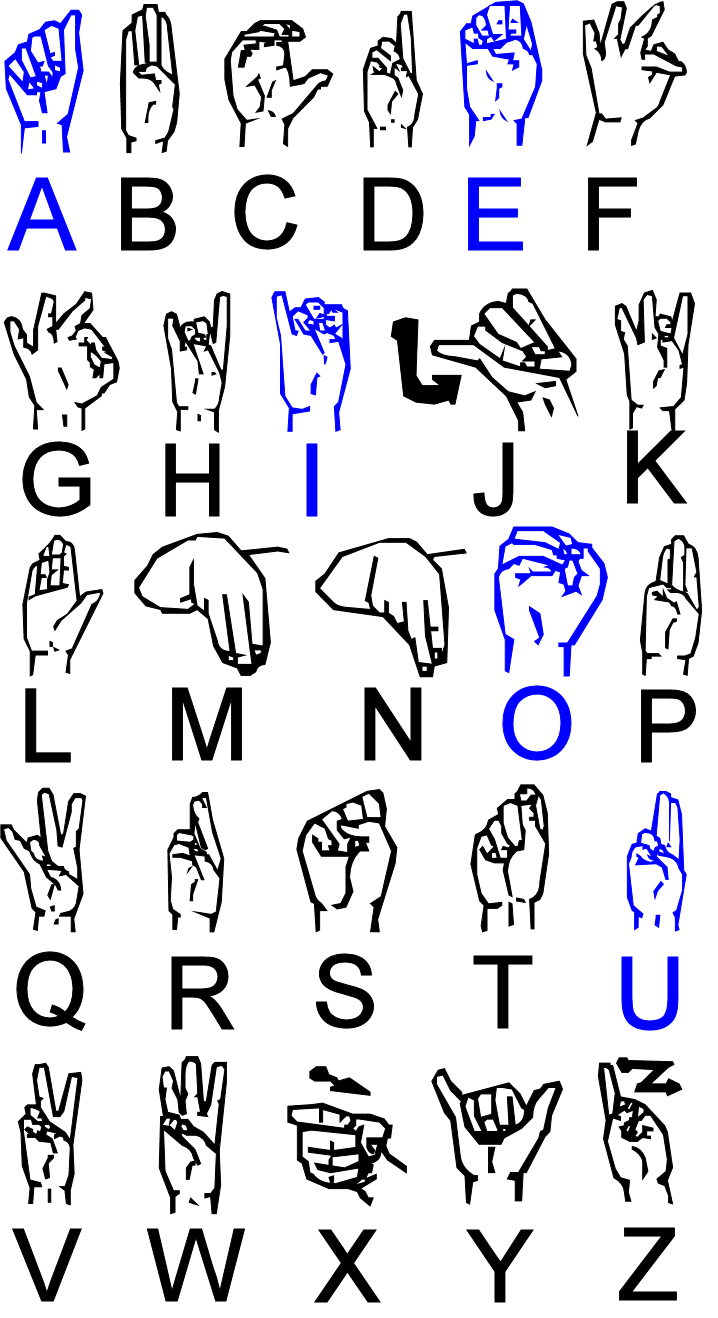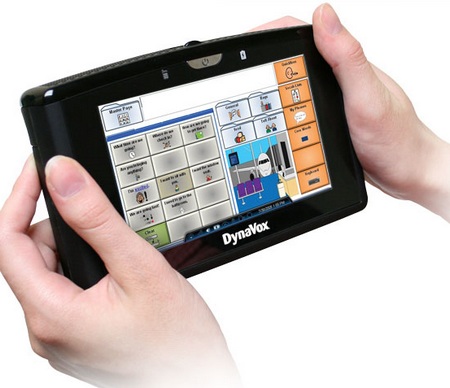Category — 2.8 Children with Communication Disorders: Apraxia
Children with Apraxia
Description
Apraxia1 (see full Glossary) of speech, also known as verbal apraxia or dyspraxia, is a speech disorder in which a person has trouble saying what he or she wants to say correctly and consistently. The severity of apraxia of speech can range from mild to severe.
There are two types of apraxia:
- Acquired apraxia can affect a person at any age and is caused by damage to the part of the brain involved in speaking. Acquired apraxia can occur together with muscle weakness affecting speech production (dysarthria) or difficulties due to damage to the nervous system (aphasia).
- Developmental apraxia of speech occurs in children. It is present since birth, and affects boys more often than girls. Children with developmental apraxia of speech generally can understand language much better than they are able to use language to express themselves. Some children with the disorder may also have other problems. These can include the following:
- Other speech problems, such as dysarthria;
- Language problems such as poor vocabulary, incorrect grammar, and difficulty in clearly organizing spoken information;
- Problems with reading, writing, spelling, or math;
- Coordination or “motor-skill” problems;
- Chewing and swallowing difficulties.
Intervention Options:
A speech language pathologist makes the diagnosis and plans for the treatment and intervention. Therapy needs to be designed specifically for each individual because no single intervention has proven to be the most effective to-date. In severe cases children with apraxia may need to use other ways to express themselves such as the use of sign language (Fig. 1) or of communication devices (Fig. 2) such as a portable computer.
Figure 1. Sign Language
Figure 2. Communication Device
To learn about apraxia in the middle childhood years, please visit the six to 12 part of this course.
1 see References
January 23, 2011 No Comments

